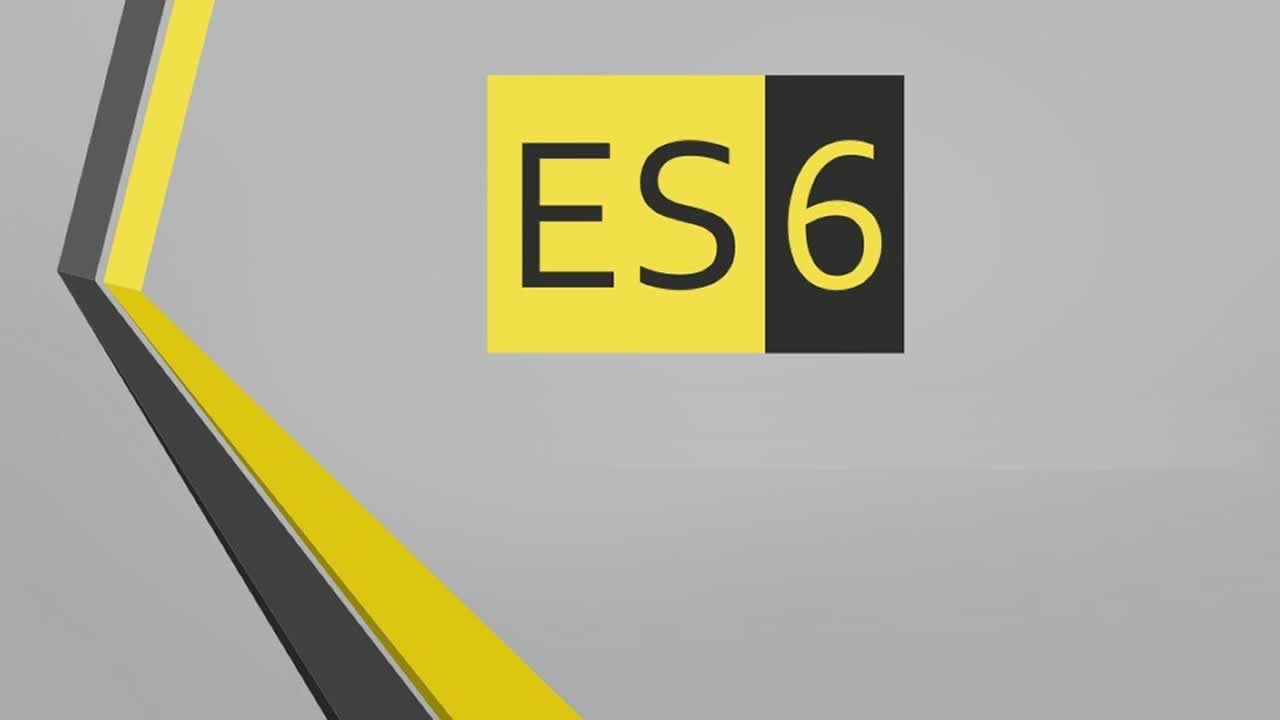


The code will then be transpiled from Typescript to a Javascript version that is currently supported across all browsers. With Typescript, we can write our programs using all the latest Javascript features, even the ones at earlier stages of adoption. One of the main features of Typescript is benefitting from many ES6+ features without having to wait for generalized browser support. To learn more about the main advantages of the Typescript language, have a look at this video: Video 2 - ES6 / Typescript let vs const vs var When To Use Each? Const and Immutability That is actually not the case, with Typescript we can have both the conciseness and readability together with the tooling benefits. One common thing that gets mentioned about Typescript is that there is a verbosity price to pay for the type-checking benefits, in a similar way to what happens nominally typed languages such as for example Java or C#. With all these features, it's easy to accidentally lose sight of what are the main benefits of using the language to start with. The Typescript language has been evolving a lot in the last year, so many features were introduced recently and more are being added with each minor release. Video 1 - Top 4 Advantages of Typescript - Why Typescript?

Video 1 - Top 4 Advantages of Typescript - Why Typescript?.

Here is the list of topics covered in the videos available in this post, each of these topics has a video associated with it plus a description, all videos are part of this Playlist: some commonly used ES6 features supported by Typescript.More specifically, the videos in this list will cover: This video list will help you get a good overview of the language, because some of the features presented here solve several long-term problems that many languages have had during years, such as: In this post, we are going to present a series of video tutorials that cover some very commonly used Typescript features.


 0 kommentar(er)
0 kommentar(er)
